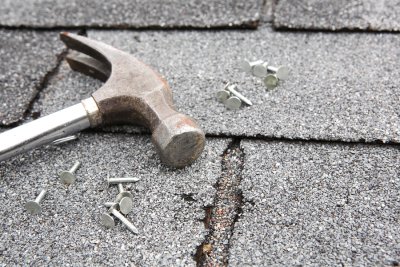Shingles make for common roofing materials in Bellevue, and many of the advantages that they offer are due to granules. Granules help protect roof shingles—and the homes they cover—from threats like fire and ultraviolet rays. While some level of granule loss is normal, too much loss can be a sign of a real problem and may suggest that it is time for roof repair . You might experience extra granule loss when your asphalt shingles start to near the end of their working lives or after walking on your roof too much during inspections or repairs. Here is a closer look at some of the causes and solutions for granule loss from shingles. 
Normal Granule Loss
No matter how well you maintain your roof, it is going to be exposed to normal wear and tear at some point. It is also common to experience some granule loss when you have a new roof installed. Roof installation is an extensive and involved project, so some of the granules on your shingles will likely fall off during the process. This is nothing to worry about and doesn’t mean that there is anything wrong with your roof. If you are experiencing excessive granule loss during or shortly after roofing installation, talk to your roofing contractor to find out why so much of the material is shaking off.
Old Asphalt
Even the most durable roofs probably won’t hold their original appearance throughout their entire working lives. If you had an asphalt roof installed years and years ago, it may be losing granules due to its age. Granules protect the roof from overexposure to the sun, rain, and other weather elements, but they will only work for so long. Be sure to have your roofing specialist take a look to find out if it’s time for a roofing replacement.
Damage from Walking
Walking on your roof too frequently can also lead to granule loss. The friction between your shoes and the shingles can knock the granules off, so be careful when you’re on your roof and only go up there when it is necessary.

